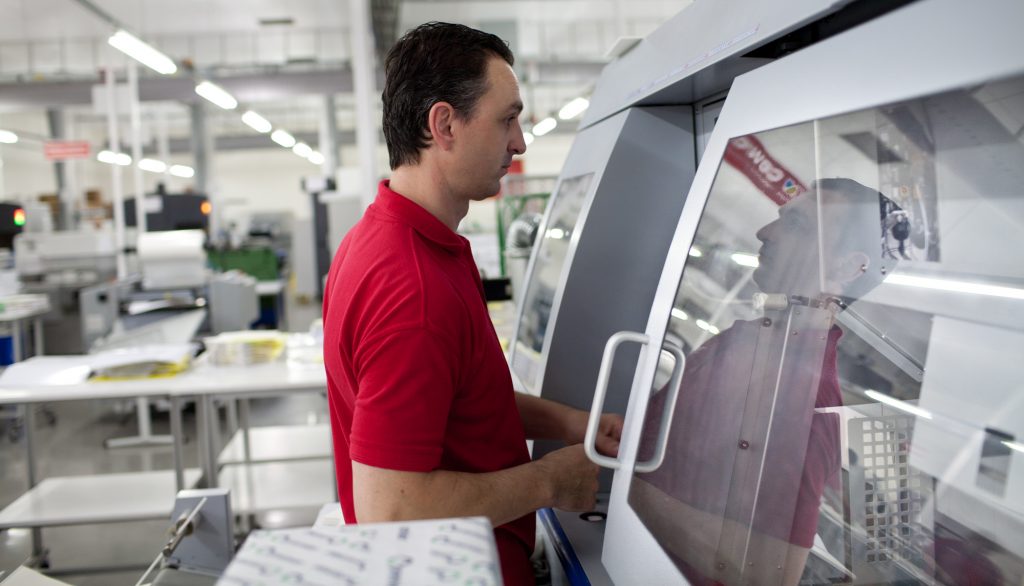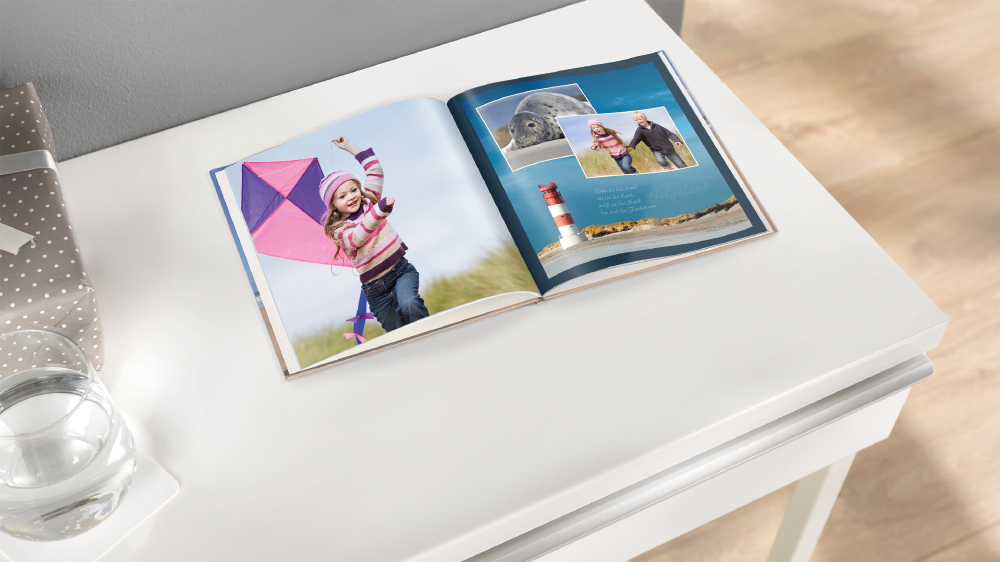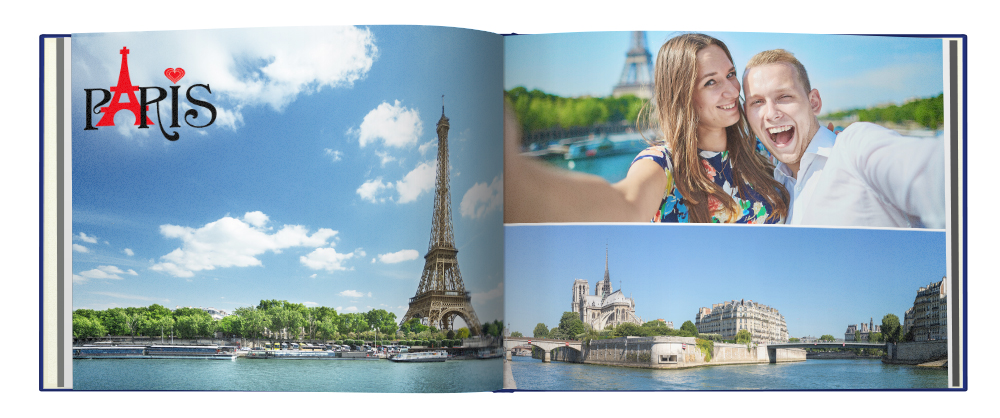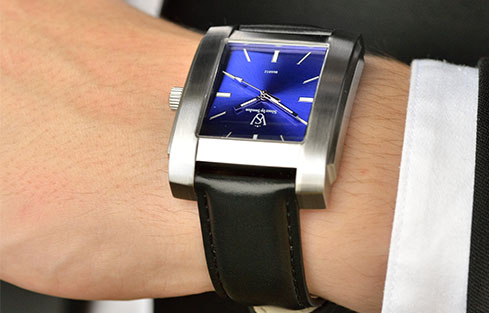Making Memories
Photobooks are something that many consider to be a thing of the past. Inspired Travel’s Simon Skinner takes a look at today’s photobook technology and wonders why more people aren’t making the most of it to preserve their precious memories
In the most basic of terms, photography is something that means different things to different people. Some are enthusiasts, who spend a staggering amount of their time (and money) on their hobby, keeping up with the latest imaging technologies, accessories and apparel. Many others have varying experiences with cameras, with analogue/film cameras often sitting, gathering dust whilst newer, compact cameras have been largely replaced by the mass camera of choice; the smartphone.
 The imaging market has experienced a seismic shift in technologies over the last couple of decades. The first digital imaging sensor was first invented by Eastman Kodak even further back than this but the company, in their wisdom, decided to sit on it as it represented such a threat to their hugely successful film business. They were right and when digital cameras and digital ‘film’ memory hit the consumer market, the whole world dropped their film cameras like hot potatoes.
The imaging market has experienced a seismic shift in technologies over the last couple of decades. The first digital imaging sensor was first invented by Eastman Kodak even further back than this but the company, in their wisdom, decided to sit on it as it represented such a threat to their hugely successful film business. They were right and when digital cameras and digital ‘film’ memory hit the consumer market, the whole world dropped their film cameras like hot potatoes.
The result of this is a modern imaging landscape that exists in a truly precarious manner.
In a recent feature, Imaging Industry Bible Pixel Magazine published a statement made by Google’s vice-president Vint Cerf, which warned that all digitally stored information could be wiped out by actions as simple as tech upgrades, consequentially putting the sum total of human knowledge under real threat.
We are all familiar with the vulnerability of our digital data and I would imaging that most, if not all reading this, will have suffered the losses of precious photographs as we authorise the software upgrade of our favourite mobile device.
Even enthusiast photographers will tell you that they don’t rely on singular digital storage devices, opting to ‘back up’ their pictures on at least three devices, whilst also leaning on cloud storage services for reassurance.
“Why are we intent on burrowing these pictures away from sight in the first place. Why aren’t celebrating them and displaying them for all to see?”
Now all of this is very well and good, but what’s the real likelihood of the majority, spending the time, syncing multiple devices to store our data? Our memories? And surely the bigger question to ask is, why are we intent on burrowing these pictures away from sight in the first place. Why aren’t celebrating them and displaying them for all to see? I remember a time when it was the norm, to print every photograph taken, excitedly rushing to grab the latest album when friends or relatives pop round for a visit and displaying them around the house.
“Most people would accept that the one photobook that has survived through all of this global digitisation is the wedding photo-album. This single collection of pictures typifies the importance of printed image”
 Whilst I’m aware of the sheer explosion of photography as a pass-time or even a fleeting hobby for most people in the advent of ‘smart’ technology; the content created has become almost disposable by nature and at best, perilously ephemeral. Every second, tens of thousands of pictures are uploaded to the many and various social media platforms with the majority of them being uploaded from digital cameras and smartphones, with the image never existing as a physical artefact. I know that this stands as convenience and offers ease of access to ‘virtual’ picture libraries. I know all of these things, but I believe that people are selling themselves short – in photographic terms, at least.
Whilst I’m aware of the sheer explosion of photography as a pass-time or even a fleeting hobby for most people in the advent of ‘smart’ technology; the content created has become almost disposable by nature and at best, perilously ephemeral. Every second, tens of thousands of pictures are uploaded to the many and various social media platforms with the majority of them being uploaded from digital cameras and smartphones, with the image never existing as a physical artefact. I know that this stands as convenience and offers ease of access to ‘virtual’ picture libraries. I know all of these things, but I believe that people are selling themselves short – in photographic terms, at least.
Most people would accept that the one photobook that has survived through all of this global digitisation is the wedding photo-album.
This single collection of pictures typifies the importance of printed image and I cannot imagine a single bride or groom who would be content with being handed a memory stick as an alternative. The photography (and resulting book) has always been, and remains, an integral and hugely important part of the wedding day process. Wedding photography is primarily viewed as the domain of the professional photographer, but many are unaware of the fact that the photobooks that are subsequently produced, are widely available, extremely simple to produce and with a wide range of options for all budgets, from the low, to the high end wedding and coffee-table book products.
These books have been easily accessible via web platforms and even mobile applications for some years now, and in certain parts of the world, have been adopted with open arms as people accept the importance of archiving physical images.
A major player in this market is Cewe Photobook. A German company and Europe’s leading online printing experts, Cewe have been producing premium quality, personalised print products for many years and having trialed their online ‘book-building’ solution, we can vouch for the fact that it’s much simpler than picking through 6×4″ prints and sticking them into a default order in a traditional, unavoidably bulky photobook.
One of the real benefits of reproducing your beloved images into a Cewe Photobook, it that they arrive expertly printed onto the page, no loose adhesives and no chance of pictures fading or falling out after years of sharing. The ultimate treat though, has to be the fact that you get to view your pictures in physical print, instead of from a glaring screen. A much more satisfying experience.
Trialing the latest version of Cewe Photobook’s online software, I was surprised at the ease of which you can upload your pictures. The drag-and-drop function makes the process quite painless and scaling up or down as well as adding text, are all simple and intuitive functions built in to the software. The Cewe Photobook software is completely free to download and offers the luxury of ‘picking up’ and ‘putting down’ a book project to fit with the time that you have available. If you don’t have the time at all, or want to run your photobook project in the simplest possible way, it’s possible to use an auto-fill function, or better still, Cewe Photobook offer a complete design service!
You can compare modern photography with modern music in the means of which we use to consume them. Where it was normal practice to visit a record shop to buy a physical record or tape (remember them?), most people now have Spotify or Deezer accounts; web-based platforms that allow the user to stream a seemingly infinite archive of music directly via their mobiles. This convenience holds direct comparisons with photography but we have been experiencing a resurgence of independent record shops in the UK and it’s my belief, that it’s due to a population who are becoming increasingly desensitised to the virtual, non-physical formats that spew from these devices.
 Sure, it is convenient but you can’t touch it. You can’t admire the cover art and you certainly can’t hear the soul-warming pops and crackles as the needle reverberates through the vinyl, giving a physical, human experience that’s hard to beat.
Sure, it is convenient but you can’t touch it. You can’t admire the cover art and you certainly can’t hear the soul-warming pops and crackles as the needle reverberates through the vinyl, giving a physical, human experience that’s hard to beat.
These comparisons are real and the sheer joy that can be seen on peoples faces when you hand them a Cewe Photobook is also very real and wholeheartedly satisfying. One such instance of this was the time that, after testing the Cewe Photobook software, I handed a small book to my father-in-law which contained pictures of a recent family holiday to the Isle of Wight. Although he had already seen the pictures on the screen of my laptop on more than one occasion, his reaction was as unexpected as it was special.
The reason, I believe, for this reaction was due to the fact that he had taken ownership of the pictures. They were now his; real photographs that he could keep, share and reference in a human sense that simply isn’t possible with digital files.
It’s my hope, as a fan of photography and more specifically, the printed image, that more begin to rediscover the format. It is growing and, as with other European countries, the UK are starting to awaken to the fact that these precious memories can’t be left to chance on hard drives. Certainly, readers of this, our travel title, should consider collating and archiving the pictures and memories from travels. It may seem old fashioned, but I can assure you that you won’t look at your pictures in the same way and these books are certain to bring you pleasure for many years to come.
cewe-photoworld.com
Making Memories












